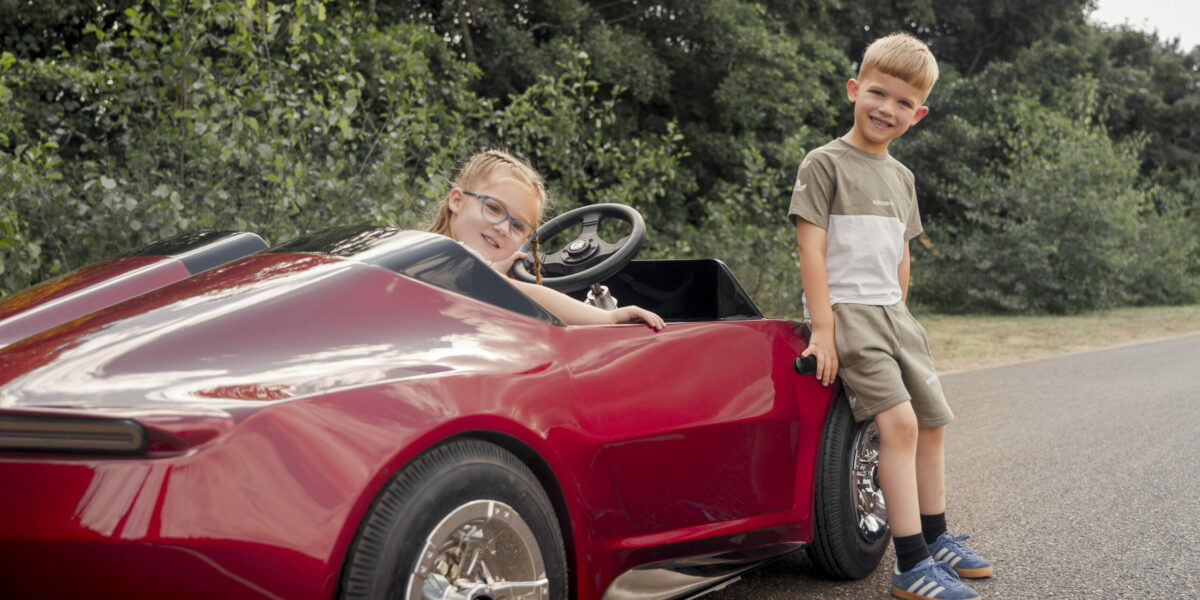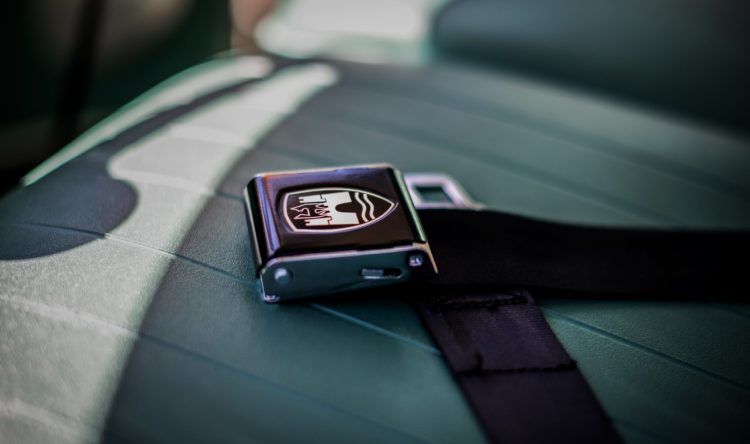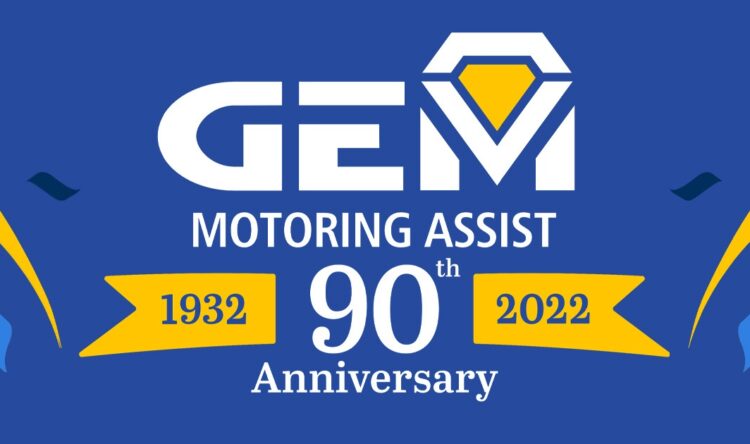Learning to drive younger is a good old idea
The 1930s on the road to the future
Did they have the right idea in the 1930s when it came to helping youngsters to be better drivers?
One company certainly thinks so. What’s more, it’s even designed and produced the first all-British electric vehicle for children to prove it.
Back to the future
Back in 1938, the Atco SafetyFirst Trainer was created. It was part of a Government-backed initiative to reduce road deaths in the pre-war period. The concept was to help children acclimatise to driving before they took their tests.
The literature of the time read: “If every car owner today had been driving since the age of six, road sense, quick reflex and mastery of controls would long ago have become instinctive. Result – a nation of skilled ‘veteran’ motorists and road accident figures substantially reduced.”
Atco’s plans for the Junior SafetyFirst Trainer were cruelly cut short by the outbreak of war in 1939. Supported by the House of Lords Select Committee on the Prevention of Road Accidents, Atco’s plan was to design and engineer a car for 7-17 year-olds that could be used in schools to teach the basics about roadcraft as a way of cutting road deaths.
The company had even built a road circuit in its Whitworth Works’ factory in Birmingham. This was to show schools how such a layout could work for the SafetyFirst project.
Two hundred and fifty cars had been built by the time war broke out, but the materials were needed elsewhere once fighting began.
Present tense
Now, Young Driver, the under-17 driver training scheme, is taking up the Atco mantle. It is also calling for the government to introduce a similar scheme to prioritise road safety in schools.
A near-unique road-legal Atco Training car survivor from the period was the inspiration for the new drive. The original is now owned by Young Driver and is the precursor to the scheme’s newly launched all-British and all-electric Firefly Sport. The aim is to teach young people from ages 4 and upwards about road safety.
Ian Mulingani, managing director of Young Driver, said: “For the last 13 years we have been teaching under-17s to learn to drive in a safe and unpressured environment. We knew from independent research, and from our own past pupils, that this led to a safer new driver. ”
Ian believes it is “common sense” that learning over a longer period of time makes better, safer drivers.
“Once you turn 17 the pressure is on to pass your test as quickly as possible and you’re trying to learn on roads full of impatient drivers. The government of the 1930s knew it, and we’re calling on the current administration to also prioritise making road safety an active part of the school curriculum.”
Young Driver wants better-prepared young drivers to “keep us all safer on the roads, as fellow drivers, cyclists and pedestrians”.
There were only one million cars on the road in the 1930s, as opposed to over 35 million now. It means the stakes an the benefits are that much higher.
You can find out more about Young Driver here.







